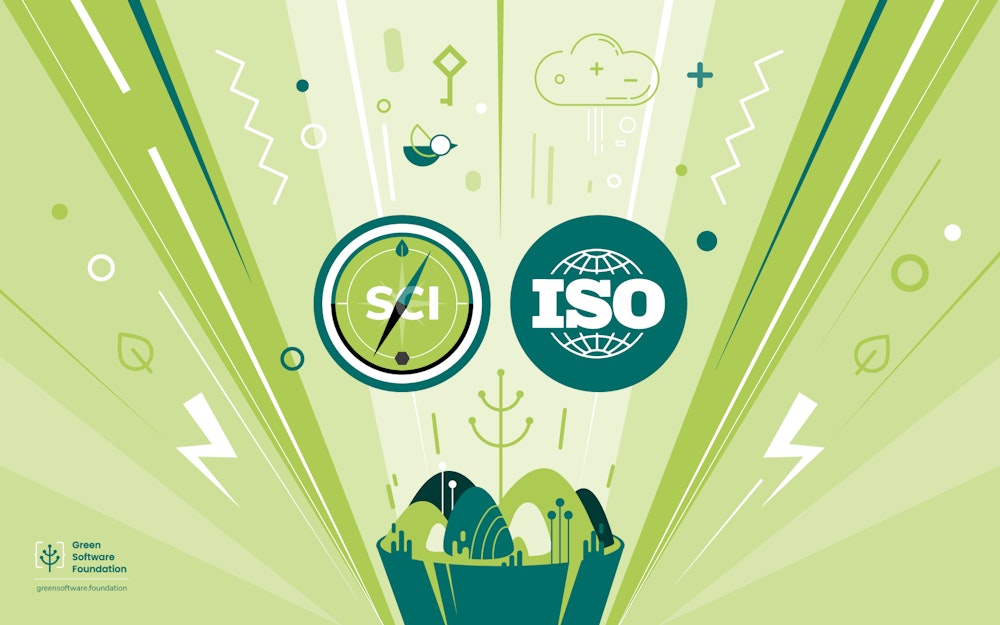TWIL 24/09 - About Sustainability

Let's face it: too much software we write does not withstand the test of time.
A lot of it never lives up to the initial expectations.
Most of it costs way more than foreseen.
During its lifecycle, it does not give back to society or nature.
In the process, many teams become frustrated and lose their motivation.
I can say this because I am guilty as charged 😅
When we launched Skryv (the software company I co-founded), we did have a positive societal ambition, but we made all the other mistakes!
With the founding team coming out of the consulting world, we had a “software development as a project” mindset. We felt very comfortable managing budgets, deadlines, and scope, but we were pretty ignorant about the long-running aspects of software products. We delivered value and onboarded clients but did not build a well-oiled team that improved over time. Instead, many of the initial Skryvers left, and it took a lot of learning and infusion of sometimes counterintuitive ideas to reverse the tide.
The Sky is the Limit. Or is it Not?
It took me several more years to truly understand the root cause of what happened back then. I was stuck in project mode, sprinting from deadline to deadline, overloading myself and the team. I did not (want to) take limits into account.
Yet, we all have limits—individually, at team and organisational levels, and even in our environment. They may not become visible in the short run (e.g., the span of a project), but they’re there nonetheless.
So when reflecting on complex problems like entrepreneurship or software development, we need to deliberately consider our limits and design solutions that factor these in:
- Our energy is limited, so we must choose what to work on, do so effectively and efficiently, and save time to recharge;
- Our knowledge is limited, so we must invest in learning;
- Our brain capacity (albeit massive) is limited, so we have to avoid accidental complexity taking up our cognitive load;
- Our financial resources are limited, so we must choose where to invest (and where not);
- … and so forth.
This learning is probably why the ideas behind sustainability resonate so much with me.

Sustainability requires three things:
- Creating lasting value: This will often have an economical (money) dimension—we all need to pay the bills at some point, right?
- Positively reaching people with your offering while creating a good working environment for the people you work with
- Considering the environment - unless you want our children to live in a barren oven 😓
Across these three dimensions, longevity is key: sustainability is all about lengthening your horizon (from a project of 6-12 months to a multi-year or multi-generation timeline).
During my Skryv tenure, I learned a lot about the first two aspects. They are also very much alive in the software development community. Dave Farley uses “building better software, faster” as his mantra and stresses the importance of people creating value. The book Team Topologies emphasises the importance of aligning the people and technical organisation (building upon Conway’s law and leveraging the knowledge of socio-technical systems).
Yet, there is vast untapped potential when considering environmental sustainability. In the current context of climate change, adding an ecological dimension to our software practice is not just a matter of choice but a necessity. This space is also gaining more traction: on April 25th, 2024, the Software Carbon Intensity (SCI) Specification v1.0 became an ISO standard.
It probably sounds a bit contrary to the instant gratification trend we're used to, but Hey, I guess you did not expect that from me 😅
The good news is that scarcity, or limits, can catalyse our creativity and drive us to find innovative and sustainable solutions.
Are you—as a software team or software-driven organisation—struggling with delivering value or collaboration? Or do you want to discuss building better software faster (and sustainably)? Then, do not hesitate to reach out and tap into my experience.
(And if you are ready for it, why not check out your application's environmental impact?)
Just For Fun

References




